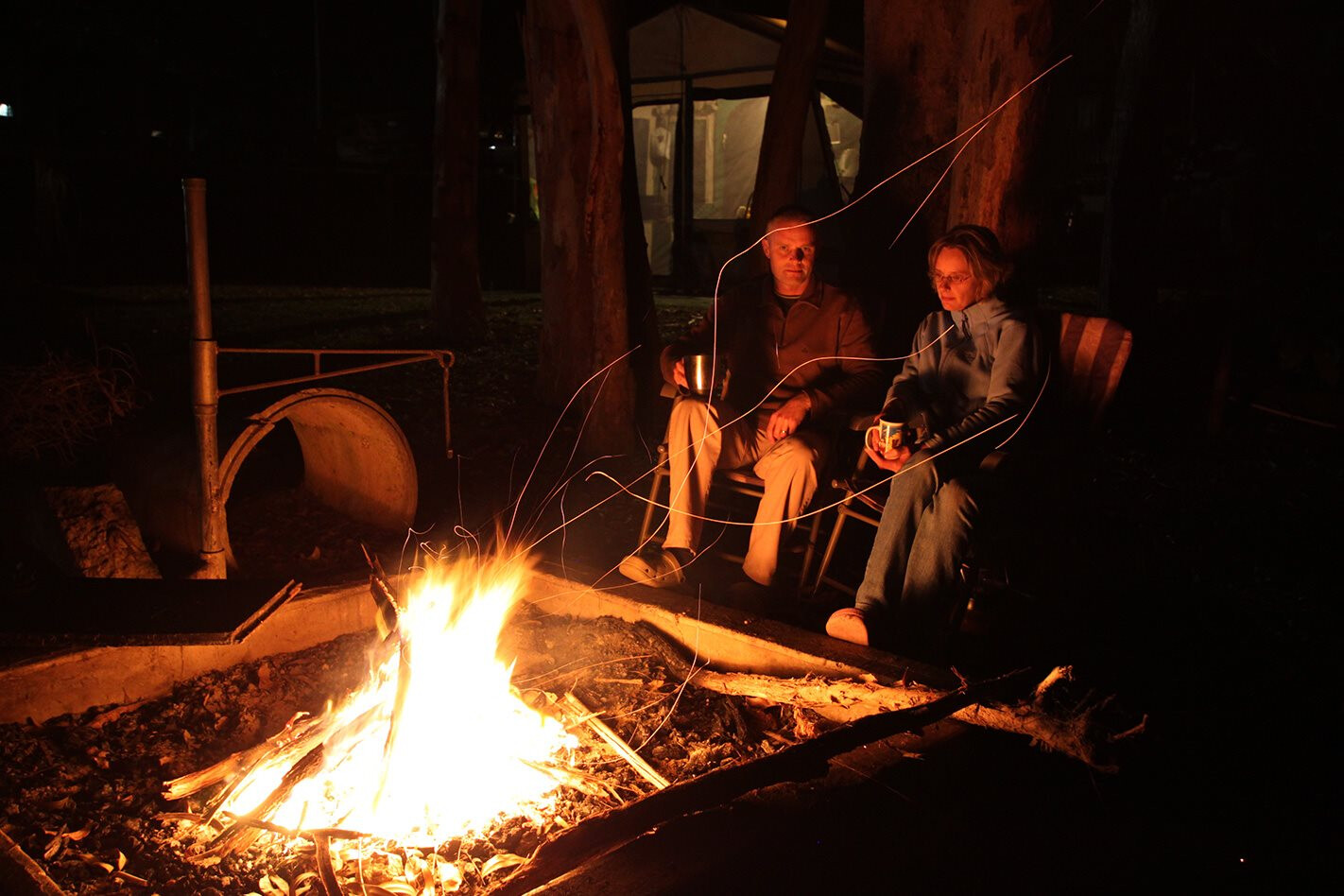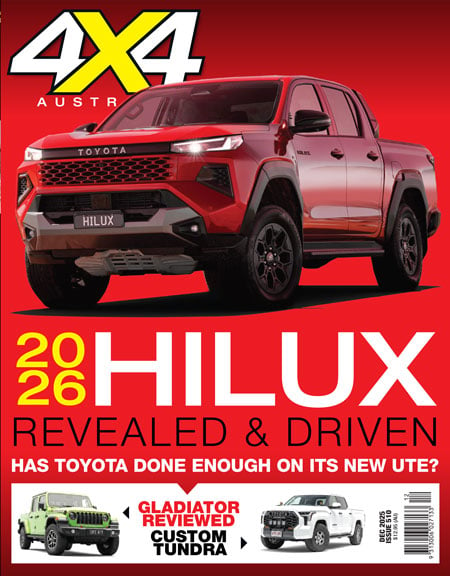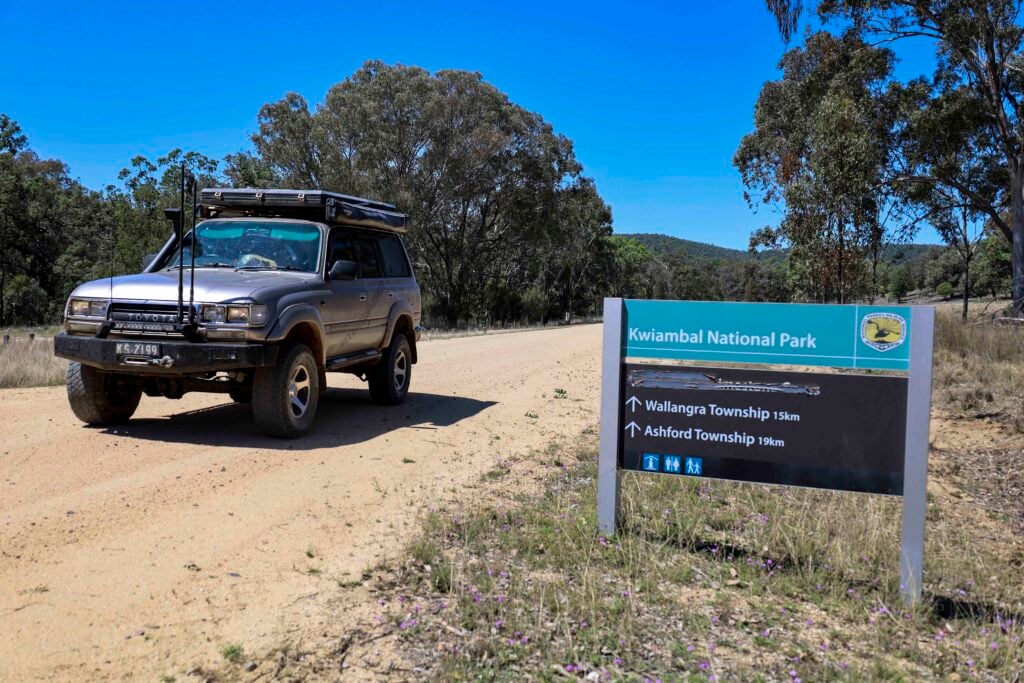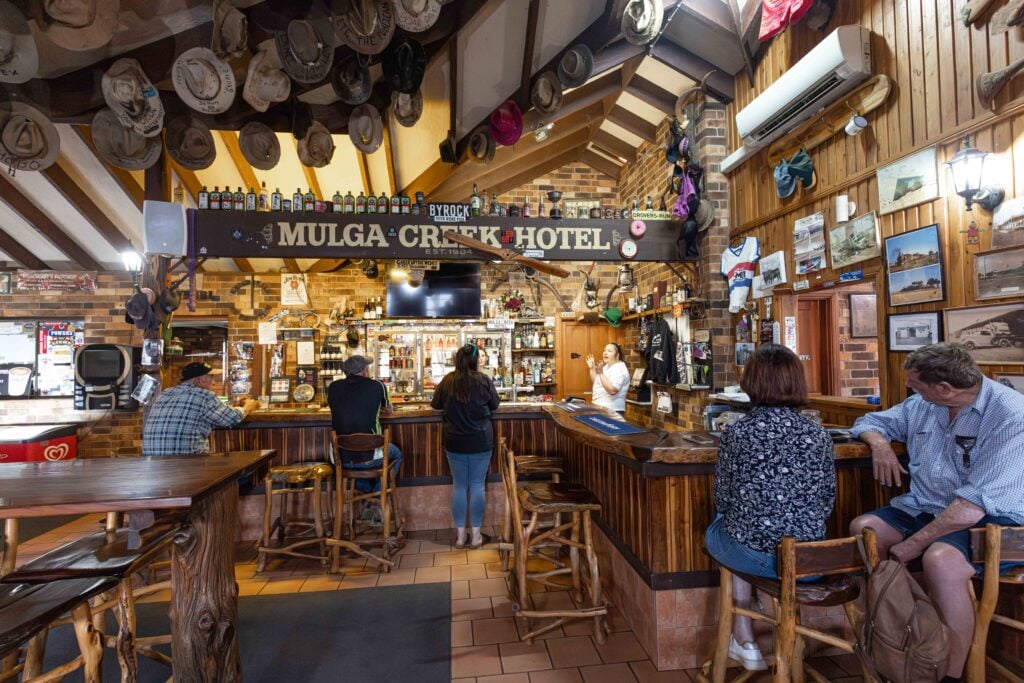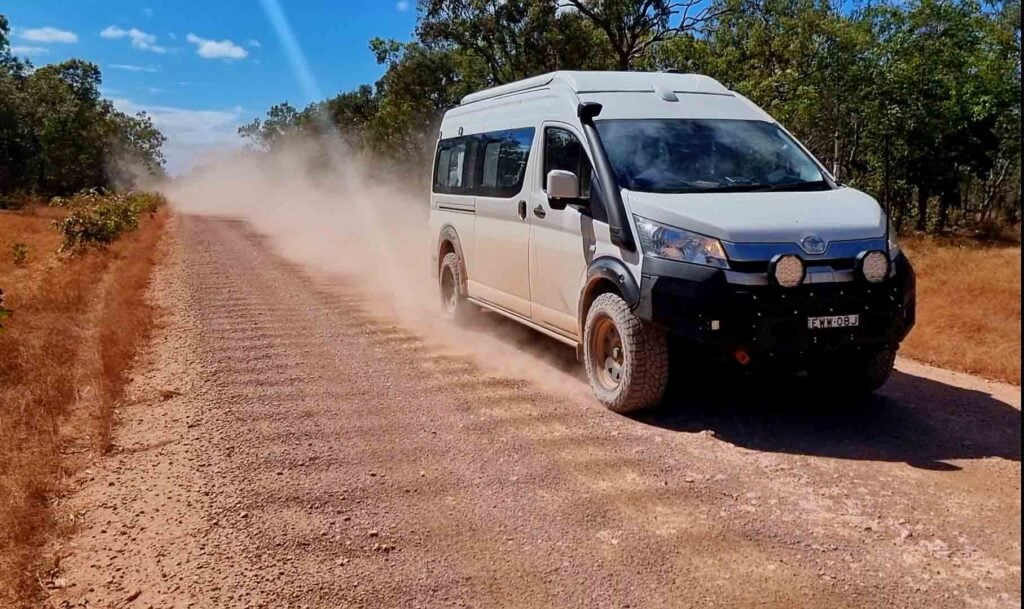IN ANY camping scenario, things can go ‘pear-shaped’ fairly swiftly if you’re not careful. And the threats can come from the most unexpected quarters.
Specifically, I’m sure that the prospect of giardia and gastroenteritis are not at the forefront of your mind when you pick a spot to camp, but if you plonk yourself down just anywhere, without due consideration to basic environmental factors, bacteria and parasites can lead to the types of unpleasant illnesses that can really destroy your camping experience. As always it’s about location, location, location.
When deciding on the location of your campsite, consider the health threats the site may be unexpectedly hiding. With that in mind, the following should be avoided:
a. Infrastructure, industry and agriculture, in particular known: wet areas such as wells, dams, drains and semi-permanent creeks (stagnant water, mosquitoes and disease); animal feeding and watering areas (animal faeces, ticks, other insects and disease); drainage areas from sites such as shearing sheds and club houses (grey water and animal faeces); ablution areas, sewer systems and disposal areas; disused mining areas (asbestos, mine shafts and mosquitoes); and old farm garbage tips and communal waste disposal areas and bins.
b. Terrain such as thick undergrowth (ticks, among other things); steep slopes and valley floors (guess what happens when it rains); broken ground (snakes, insects and mice dwell in them); swampy areas (snakes, mosquitoes, leeches, etc); and banks of lakes and rivers (flash flooding, mosquitoes, crocodiles and other biting nasties).
Some of these areas make great 4WDing and hunting grounds or great photographic backdrops, but they should be avoided as camp sites. Besides, you will scare-off the wildlife.
Ideal sites to establish your ‘home away from home’ include high ground, well grassed, on a gentle slope with good natural drainage. And make sure you site yourself upstream from local infrastructure such as farm houses or established campsites with facilities.
CAMP LAYOUT As a general guide you should consider the following points when laying out your campsite:
- Your accommodation should be sited up-wind with the, kitchen and fire behind (or at least side-on) to blow away smoke, mosquitoes and other airborne vectors of disease;
- Shower areas and water points should be downhill or to one side, with drainage to avoid water logging;
- Toilets should be further downwind, but reasonably accessible to you;
- Toilets must be: at least 50 m from kitchens and potable water sources; 100m from the nearest well, bore hole, river, creek or dam; and 600mm deep.
- When toilets are of the excavated type, care must be taken to prevent pollution of underground water supplies;
- Store food and rubbish in sealed containers to prevent birds, foxes and other animals from ransacking your food supplies and spreading your rubbish all over the camp site;
- The camp should, if possible, have surface drainage.
So-called ‘cat scratches’ are for short stops of the emergency kind: ie. utilise a shovel to dig a personal hole and then replace the earth removed. This is the minimum sanitary requirement and should be strictly enforced.
Shallow trenches are adequate for three days to a week depending on the size of your group. These are approximately 900 mm long, 300 mm wide and 600 mm deep at minimum. After each use, a shovelful of soil should be placed over the excrement. When the trench is half full, it should be filled in, using the soil excavated from the hole. The soil should be rammed hard and the turf replaced. Mark the area with a ‘FOUL GROUND’ sign (these signs should be made of cardboard and a stick, by the time the sign degrades it should be relatively safe).
You may like to know that the Army and associations such as the Boy Scouts write manuals on this topic. US author Kathleen Meyer even wrote a book – How To Shit In The Woods – about it. Perfect toilet reading. In the military, the topic is generally covered in Preventative Health and First Aid training. This training is enforced at all levels.
And, obviously, when you’ve been dealing with your toilet space, at the first opportunity, wash your hands and your shovel.
WATER The site from which you choose to draw water should not be exposed to possible sources of contamination. An ideal water source is fast flowing, or has a very large volume and has no human activity upstream or nearby. A rule of thumb is if there are bubbles and rapids this should be your first choice.
Simply collecting water is not enough. UNICEF has assessed access to clean water across the planet and estimates that a lack of sanitation kills children at a rate equivalent of the death toll of a passenger jet crashing every four hours. If you source water locally while outdoors, individual water treatment is a three-step process: draw water from the best place you can; filter water; and purify it by treatment, such as puritabs, and/or boiling.
FIRE Everyone likes a fire when camping. However, fires are inherently dangerous – particularly when camping with children. So utilise a fire screen wherever possible. These can be bought or made.
I use an old play pen [see photo, below] that my two-year old daughter has out-grown. It gives me those precious seconds that I might need to prevent her venturing too close to the flame.
You should also site your fireplace downwind or off to the side of your camp – not on its doorstep. After all, you don’t want the smoke blowing straight into your sleeping area.
Also consider a cooking fire as opposed to a comfort fire. They are fundamentally different things requiring a different set-up to achieve different levels of heat intensity. Cooking fires do not have a large amount of flame and the heat is distributed evenly by an even spread of coals.
Whereas a comfort fire is there for light warmth and luxury for more than one person with indiscriminate amounts of high heat that will quite simply turn your T-bone into toast.
Also, be alert to local fire bans in your area. The last thing you want to do is to be responsible for a bushfire. And regardless of whether the Fire Danger Rating is ‘Low-Moderate’, always rake the area clean before you light up so as to not start a grass fire that could burn down your camp site – and all those things you have spent your hard-earned money on.
STRIKING CAMP Remember to leave your camp site clean and safe when you leave. After all you might be coming back to the same location soon, or someone else might be setting up camp in your location just hours after you leave. Don’t leave others to deal with your waste and carelessness after you’ve gone.
So remove your garbage to the nearest collection point, tip, bin or take it back to your home. And make sure that your fire place is well and truly ‘out’. Douse it with water, and be careful as the coals may still be hot.
Just remember, each campsite has unique features, and each state has different rules. Treat the area like you would like someone to treat your own backyard. Try to set a good example for those around you – and be particularly careful to make sure that your kids learn the value of ‘doing things right’ in the outdoors. By doing so, you’ll set up the next generation to enjoy the bush in the same way that you’ve been able to – and importantly you’ll keep your loved ones safe and having fun.
I like to think along the lines of Albert Einstein when he said “Look deep into nature, and then you will understand everything better”.
Want to learn more about camping and 4WDing? Here are 10 videos on how to 4×4

